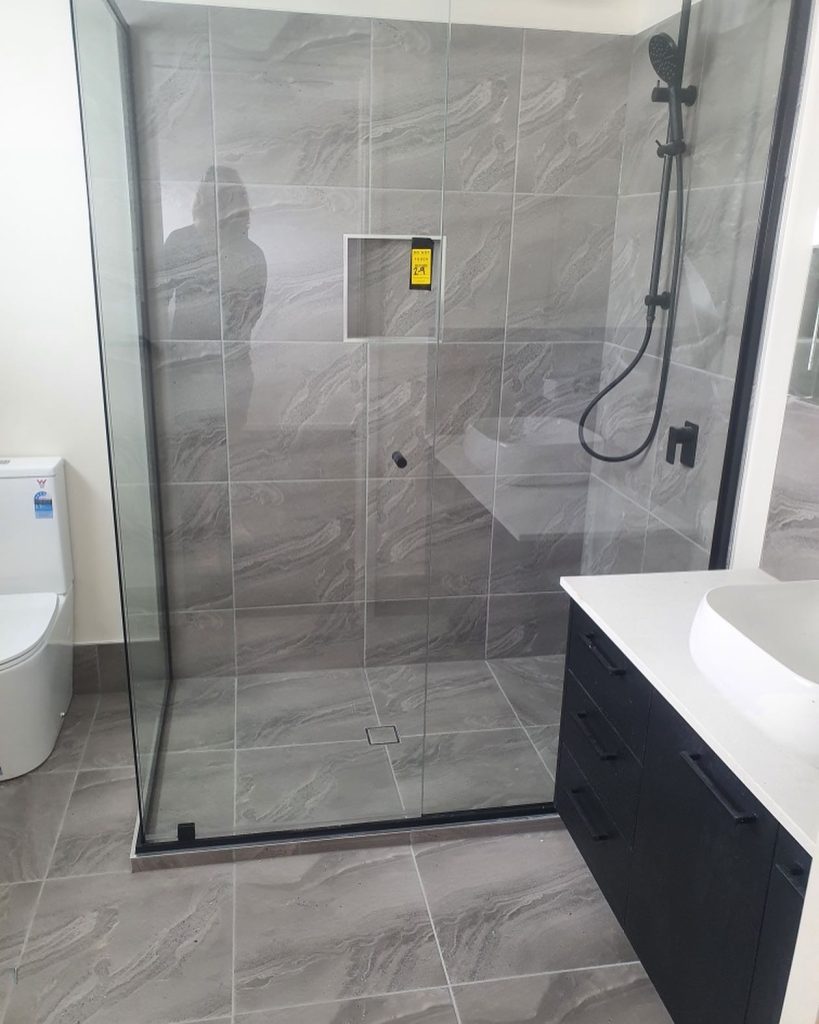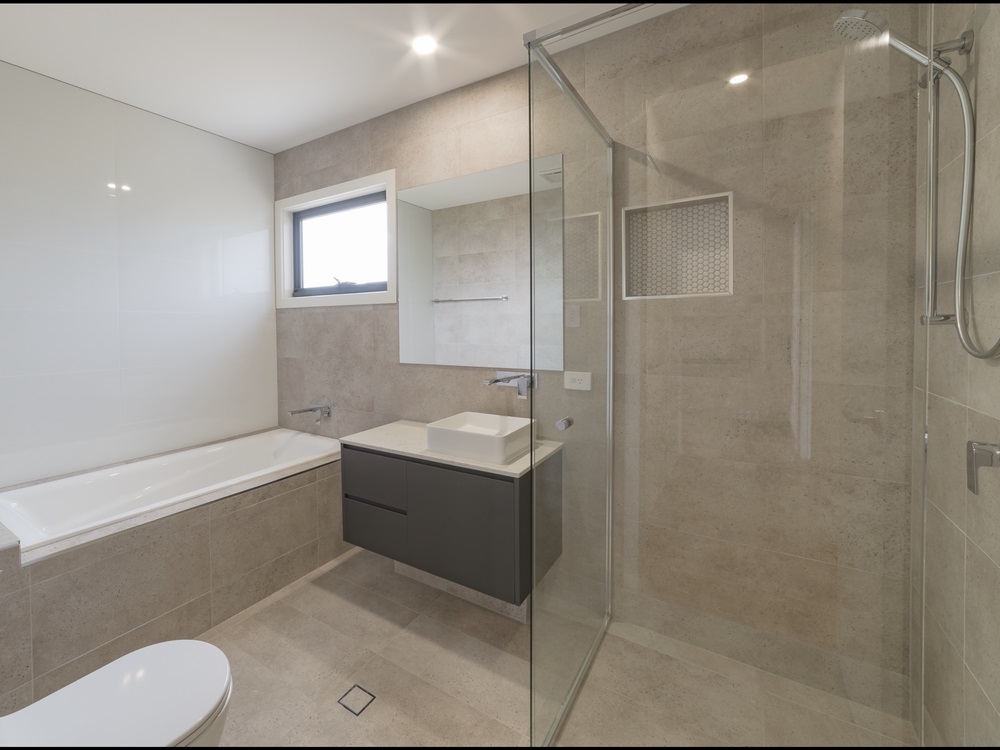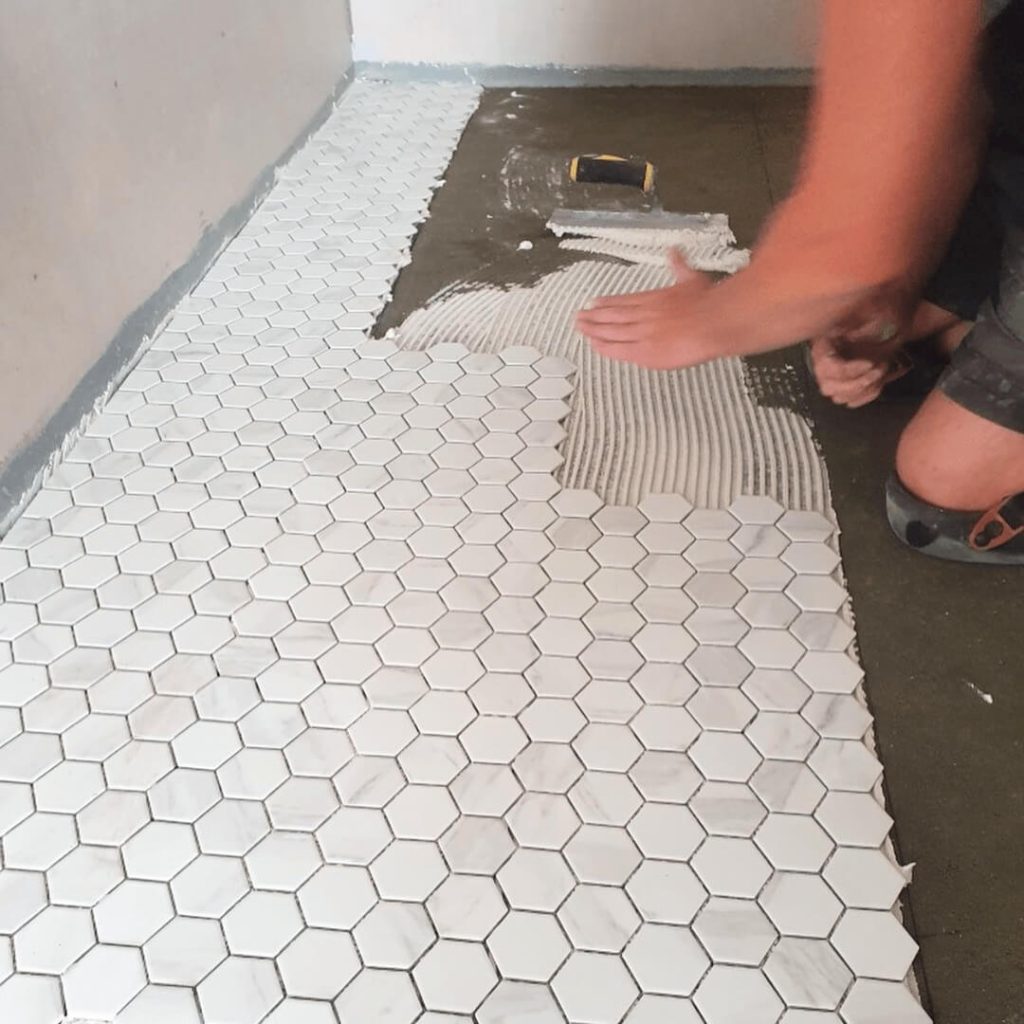Strategic Approaches for Selecting the Perfect Bathroom Tiles: Focus on high-quality porcelain tiles to meet your flooring requirements, evaluate the thickness of tiles suitable for wall and floor applications, ensure batch consistency for accurate color matching, check slip ratings for enhanced safety on bathroom floors, and plan your budget wisely for feature areas in your design.
Implement premium tiles in key locations to create a remarkable visual impact while using standard-sized tiles in less prominent areas to effectively lower labor costs during installation.
Choosing tiles for a bathroom renovation can be an overwhelming task due to the vast selection available, many of which appear similar in shades of white, beige, and grey. Distinguishing between these options can be particularly daunting when considering the varying price points associated with each.
By comprehending the complexities of tile pricing and identifying the essential factors that influence your choices, you can make well-informed decisions that help avoid expensive mistakes. This knowledge allows you to conserve funds while achieving a luxurious finish that truly embodies your personal style.
This detailed guide provides essential insights specifically designed for Brisbane homeowners, empowering them to make smart, budget-friendly choices when selecting bathroom tiles that enhance their renovation projects.

Essential Factors That Impact Tile Pricing: Navigating the Variability
Evaluating Material Composition for Optimal Durability
<a href=”https://writebuff.com/choosing-the-perfect-tiles-for-your-new-bathroom-guide/”>Porcelain tiles</a> are highly regarded for their density, lower porosity, and exceptional durability when compared to traditional ceramic tiles. These tiles are crafted from finer types of clay and are subjected to higher firing temperatures, resulting in enhanced strength that often correlates with a higher price point.
In bathroom settings, where exposure to moisture and the need for longevity are paramount, selecting porcelain tiles is often a prudent investment. However, ceramic tiles have seen significant advancements in recent years, offering budget-friendly options that are well-suited for walls and areas with light foot traffic.
The Influence of Tile Manufacturing on Quality and Cost
The overall quality of tiles is defined by more than just their material composition; the manufacturing processes employed play a crucial role in shaping their characteristics.
Single-fired tiles typically come at a lower cost but may exhibit inconsistent quality across different pieces. In contrast, double-fired tiles provide richer finishes, a broader spectrum of vibrant color choices, and superior durability, making them a worthwhile investment for discerning homeowners who seek excellence in their renovation projects.
Tiles with rectified edges are precisely cut using advanced machinery to ensure uniformity in size and shape. Although these tiles are usually more expensive, they enable minimal grout lines, yielding a seamless and contemporary look that many homeowners desire for modern bathroom designs.
The Importance of Tile Thickness for Structural Integrity
When selecting tiles, it is essential to recognize that tiles intended for flooring applications require greater thickness and sturdiness than those designed for wall use.
For instance, wall tiles typically measure between 6 to 8mm thick, while floor tiles generally range from 8 to 12mm in thickness.
- Wall tiles usually measure between 6–8mm thick.
- Floor tiles typically range from 8–12mm thick.
Overpaying for thick, heavy-duty tiles when only wall coverage is required can lead to unnecessary costs. It is crucial to align the tile thickness with the specific area of installation to optimize your budget effectively.
Balancing Brand Reputation and Quality When Selecting Tiles
Branding in the tile industry can often result in inflated prices without a corresponding enhancement in quality.
Prestigious European brands such as Porcelanosa and Marazzi frequently charge premium prices based on their established market presence rather than their actual material quality.
Homeowners in Brisbane should concentrate on assessing the true quality of the materials, the firing techniques employed, and slip resistance ratings instead of relying solely on brand names when making their tile selections.

Practical Strategies to Maximize Your Tile Budget Effectively
Making informed and thoughtful choices can lead to a sophisticated bathroom aesthetic without placing undue strain on your budget. Below are several practical strategies designed to optimize your tile spending.
Combine Premium and Standard Tiles for Visual Impact:
Utilize high-end feature tiles on a prominent wall or within a specific niche, while incorporating more economical tiles in less visible areas to strike a balance between opulence and affordability.
Choose Larger Format Tiles for Efficiency:
Larger tiles, such as those measuring 600x600mm, can cover a larger surface area with fewer grout lines, creating an illusion of spaciousness in smaller bathrooms while also reducing labor costs during the installation process.
Stick with Standard Sizes for Cost-Effectiveness:
Selecting non-standard tile sizes can significantly elevate both purchase and installation costs. Opt for standard sizes to ensure maximum savings throughout your project.
Look for Clearance or End-of-Run Stock for Deals:
High-quality tiles are often available at discounted rates towards the end of production runs. Purchasing discontinued tiles can result in substantial savings; however, make sure to buy an additional 10–15% for future maintenance or repairs.
Invest in Durable Tiles for Floors and High-Traffic Areas:
Allocate a larger portion of your budget to tiles intended for flooring and wet zones, where durability is essential, while opting for cost-effective tiles in dry or low-traffic areas to enhance your overall value.
Identifying Quality Differences in Bathroom Tiles
Although many bathroom tiles may appear similar at first glance, significant distinctions lie beneath the surface that can profoundly influence the outcome of your renovation project.
Consistency of Shade Matters:
Inexpensive tiles often exhibit inconsistencies in color across production batches. Always verify batch numbers prior to making a purchase to avoid mismatches that could disrupt the cohesive aesthetic of your space.
Quality of Glazing is Crucial:
Poor-quality glazes can chip and stain more rapidly. High-quality glazing is resistant to scratching and absorbs less moisture, which is particularly vital in wet areas such as showers.
Porosity Levels Affect Longevity:
Tiles that are highly porous can facilitate water ingress and cracking over time, a common issue associated with lower-cost ceramics. Ensuring low porosity is essential to maintain the integrity and longevity of your bathroom.
Importance of Slip Resistance Ratings:
Bathroom floor tiles should meet or exceed an R10 slip resistance rating according to Australian standards to ensure safety in wet conditions and to prevent accidents.
Failing to consider these factors can transform what seems like a straightforward tile choice into a costly repair and replacement scenario down the line.
The Financial Impact of Grout Selection in Your Bathroom Renovation
While the choice of tiles establishes the overall aesthetic for your bathroom, the selection of grout is equally critical, as it significantly influences durability, visual appeal, and maintenance requirements.
Exploring Grout Costs and Material Options for Your Bathroom
Standard Budget Grout:
Traditional cement-based grouts are affordable and suitable for low-moisture environments. However, they are porous and may discolor or crack over time, particularly in showers and high-traffic bathrooms.
High-Quality Grout Options:
Epoxy-based grouts or those modified with polymers resist stains, cracking, and moisture absorption. Although their initial costs are higher, they often yield long-term savings by minimizing maintenance and repair needs.
Additionally, premium grout options offer vibrant, long-lasting colors that maintain their brilliance even with daily use.
How Tile Size Impacts Grout Costs in Your Renovation
Smaller tiles necessitate a greater quantity of grout, influencing both material and labor costs associated with installation.
- Mosaic and small-format tiles require significantly more grout, not only in terms of volume but also in labor during the installation process.
- Large-format tiles (600x600mm or larger) minimize grout lines, which leads to reduced material and labor expenses.
If you opt for smaller tiles for aesthetic reasons (such as penny rounds or subway patterns), be sure to budget for premium grout. The visibility of grout lines increases the need for using a durable, stain-resistant product to preserve the integrity of your design.

Your Ultimate Tile Buying Checklist for Successful Bathroom Renovations
- Prioritize porcelain tiles for floors and wet areas to guarantee durability.
- Select ceramic tiles for walls where applicable to achieve a balance of costs and functionality.
- Confirm tile thickness based on the intended installation location to ensure suitability.
- Verify batch consistency to avoid color mismatches that could impact your design.
- Check slip resistance ratings, especially for bathroom flooring, to ensure safety.
- Invest in high-quality tiles for floors and splash zones to ensure lasting results.
- Be strategic: allocate your budget wisely, splurging selectively on areas that create a significant visual impact.
Feel free to reach out to us for more innovative tiling ideas that can help keep your bathroom renovation within budget while achieving a stylish and functional space.
The Article: Tile Selection to Maintain Your Bathroom Renovation Budget first appeared on https://writebuff.com
The Article Tile Selection for Budget-Friendly Bathroom Renovations Was Found On https://limitsofstrategy.com

